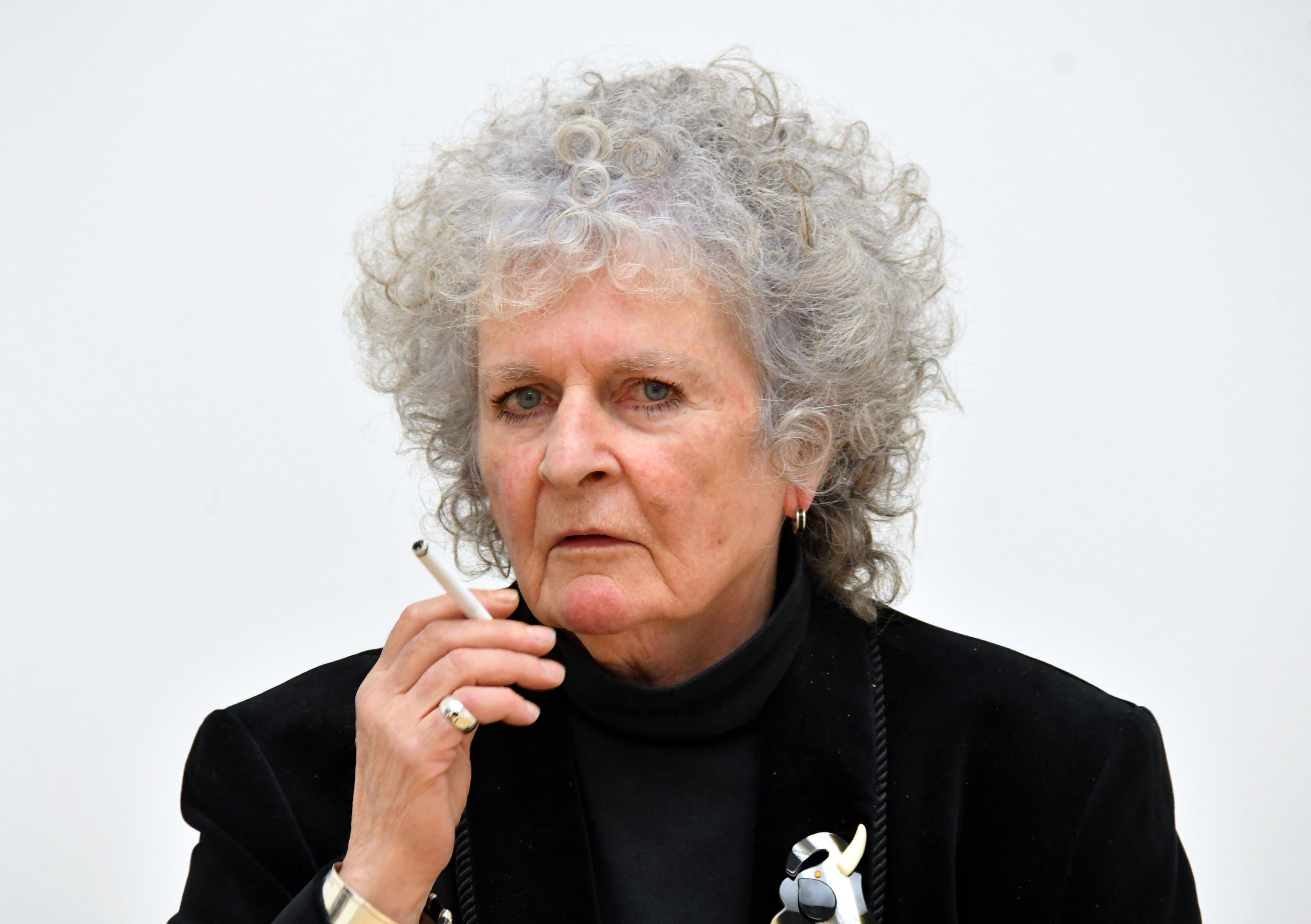
The first-ever statue dedicated to writer and “mother of feminism” Mary Wollstonecraft has sparked a fierce debate over whether it is an appropriate tribute.
Created by artist Maggi Hambling, the work went on display on Tuesday 10 November in Islington, London.
The statue, a bronze cast finished with silver, depicts a naked woman held up by a swirling design of other female forms.
It is the first statue ever to be dedicated to Wollstonecraft, and took 10 years and £143,000 of funding to create.
The campaigner behind it said that more than 90 per cent of London’s monuments celebrate men, despite the population being 51 per cent women.
Bee Rowlatt, chairwoman of the Mary on the Green campaign, said: “Her ideas changed the world. It took courage to fight for human rights and education for all.
“But following her early death in childbirth, her legacy was buried, in a sustained misogynistic attack. Today we are finally putting this injustice to rights.
“Mary Wollstonecraft was a rebel and a pioneer, and she deserves a pioneering work of art.
“This work is an attempt to celebrate her contribution to society with something that goes beyond the Victorian traditions of putting people on pedestals.”
Caroline Criado-Perez, who played a key role in the campaign to erect a statue of Millicent Fawcett, the first of a woman in Parliament Square, said the decision-making process had been “catastrophically wrong”.
“I don’t for a second want to take away from the huge effort that they put into doing this, it is an amazing achievement, but what a waste of all the hard work,” she said.

“I honestly feel that actually this representation is insulting to her. I can’t see her feeling happy to be represented by this naked, perfectly formed wet dream of a woman.”
Hambling, a Suffolk-born artist, has attracted controversy in the past for her work.
While known primarily for her land and seascapes, she received criticism for her 1998 tribute to playwright Oscar Wilde, which was the first public monument to him outside of his native Ireland.
A review for The Independent by art critic Tom Lubbock called the work “plain silly” and “a disaster”, commenting: “It's wilful tack. The bust and hand aren't solid metal. They materialise from a sort of macaroni tangle of undulating tubey strands. It's a likeness - but why done like this? The head looks silly. The technique does too.”
Her 2003 work, Scallop, is a celebration of composer Benjamin Britten and was erected on the beach outside Aldebrugh in Suffolk, near Britten’s home and close to the village where Hambling grew up.
Hambling has since responded to the controversy surrounding the Wollstonecraft statue herself, and said she believes that critics have “missed the point”.
“You can’t be naked enough can you?” she said to the Evening Standard.
“The point is that she has to be naked because clothes define people. We all know that clothes are limiting and she is everywoman.
“As far as I know, she’s more or less the shape we’d all like to be.”
Hambling added that the figure is not supposed to be Wollstonecraft herself: “She’s everywoman and clothes would have restricted her. Statues in historic costume look like they belong to history because of their clothes.
“It’s crucial that she is ‘now’.
“The whole sculpture is called ‘for Mary Wollstonecraft’ and that’s crucially important. It’s not an idea ‘of’ Mary Wollstonecraft naked… the sculpture is for now.”







